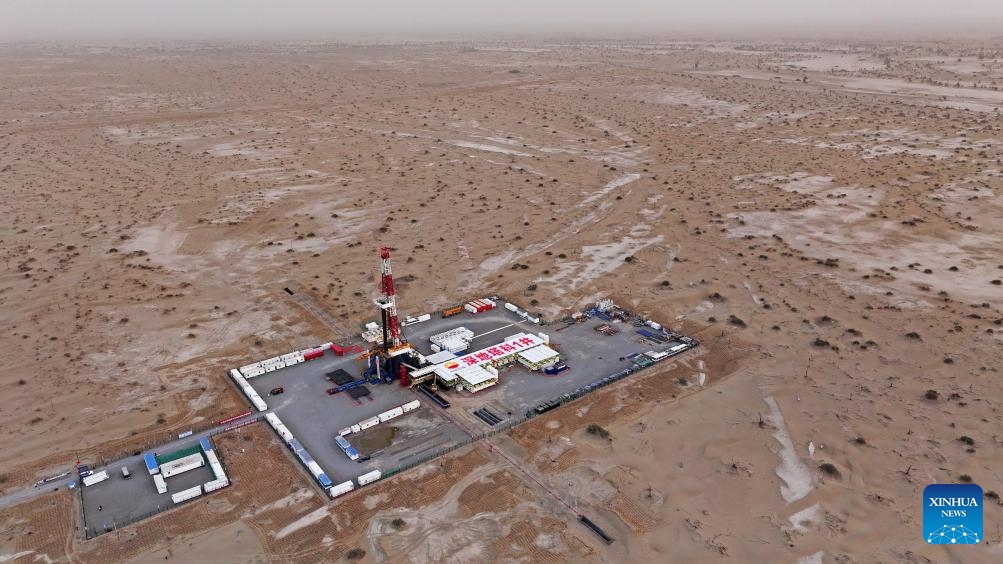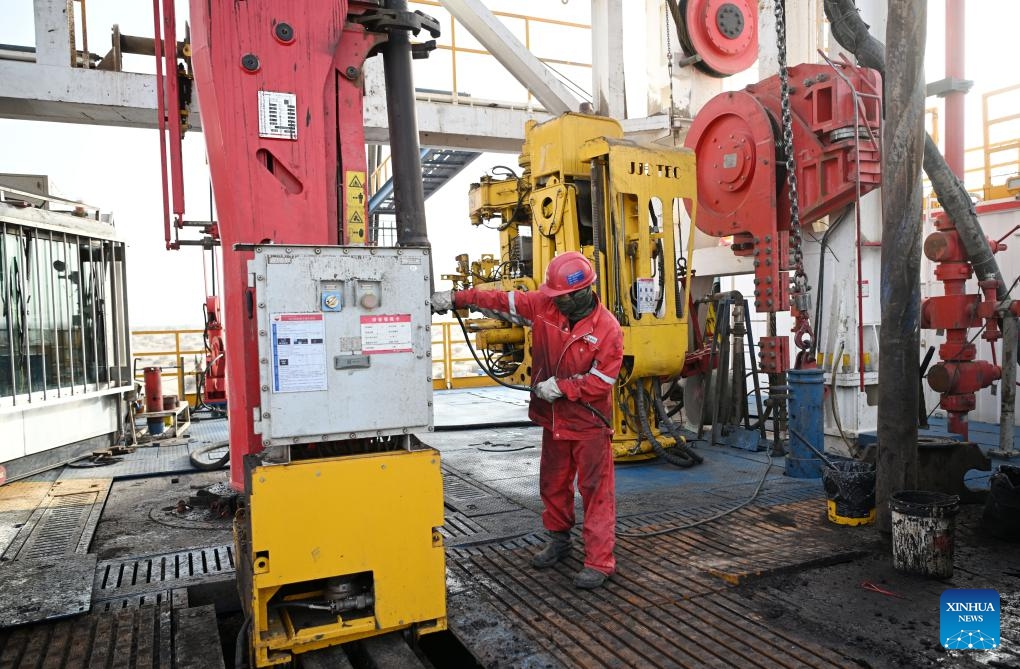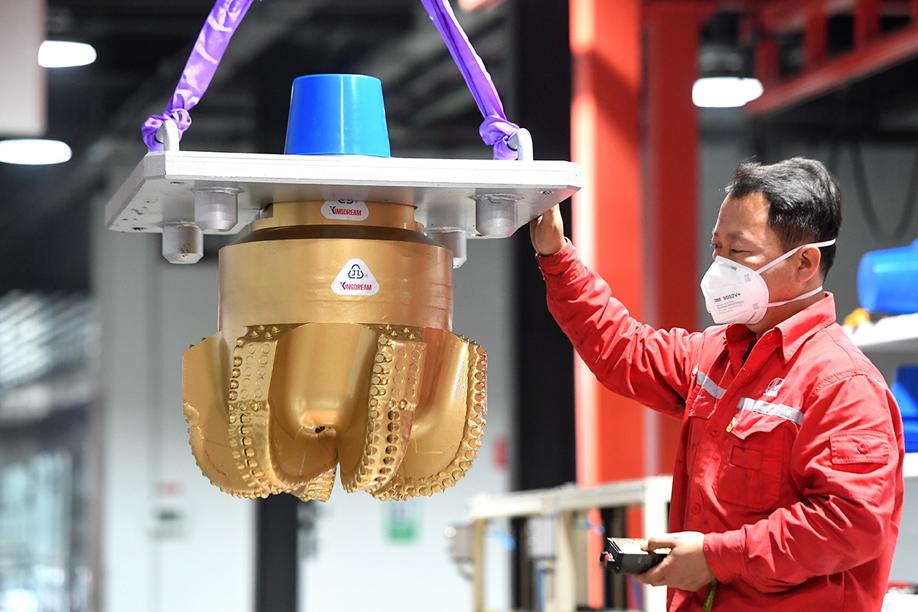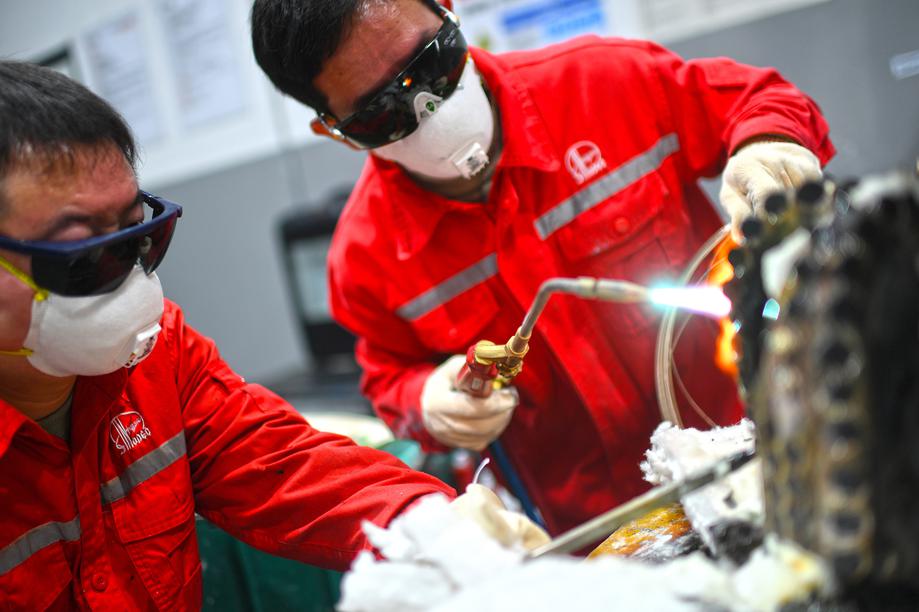Exploring the Depths: China’s Deepest Drill Hole

On March 4, 2024, China achieved a major breakthrough in deep-earth exploration by drilling the deepest hole in Asia. Known as Shendi Ta’Ke-1, this well is located in the Taklimakan desert, within the Tarim basin, in the Northwestern part of China. The well is expected to reach a depth of 11,100 meters, making it the first scientific drilling project in China to exceed 10,000 meters.
Overcoming Technical Challenges

Located between the Tian Shan and Kunlun mountain ranges, the Tarim basin is one of the most challenging areas to explore due to its harsh surface conditions and complex geological features. To overcome these immense technical challenges, China employed its own cutting-edge technology, including an autonomous drilling rig capable of reaching depths of 12,000 meters with a lifting capacity of 900 tons.
The “Magical Tool” in the Journey

During the drilling process, a diamond-tipped drill bit manufactured by Sinopec, a subsidiary of China National Petroleum Corporation, played a crucial role. This diamond drill bit is capable of penetrating hard rock layers that are millions of years old. The entire drilling system, including the drill bit, drill pipe, and casing, weighs over 2,000 tons. The drill pipe has an exceptionally thick wall and high durability, while the drilling fluid can withstand temperatures up to 220°C.
Unearthing a Potential Treasure

Upon completion of the drilling at a depth of 11,100 meters, China hopes to uncover a colossal treasure: high-quality, light crude oil. Light crude oil is a highly valuable type of petroleum that can be used directly without extensive refining processes. Its low density, low viscosity, and high API gravity result from a high proportion of light hydrocarbon fractions. Light crude oil commands a higher price in the commodities market compared to heavy crude oil.
Pushing the Boundaries of Exploration
China’s Shendi Ta’Ke-1 well has now become the second-deepest vertical well in the world, after the 12,262-meter-deep Kola Superdeep Borehole in Russia. This achievement not only holds great significance for China’s research on deep-earth exploration and deep oil and gas resources but also presents invaluable data for Earth sciences.
Drilling beyond 12,262 meters into the Earth’s crust poses significant challenges due to increasing temperatures and pressures. Conventional drilling methods and materials are unable to withstand such extreme conditions. However, ongoing scientific and technological efforts are being made to develop new capabilities for further exploration of the Earth’s depths.
References: Scio.gov.cn, Tân Hoa Xã, Chinadaily
